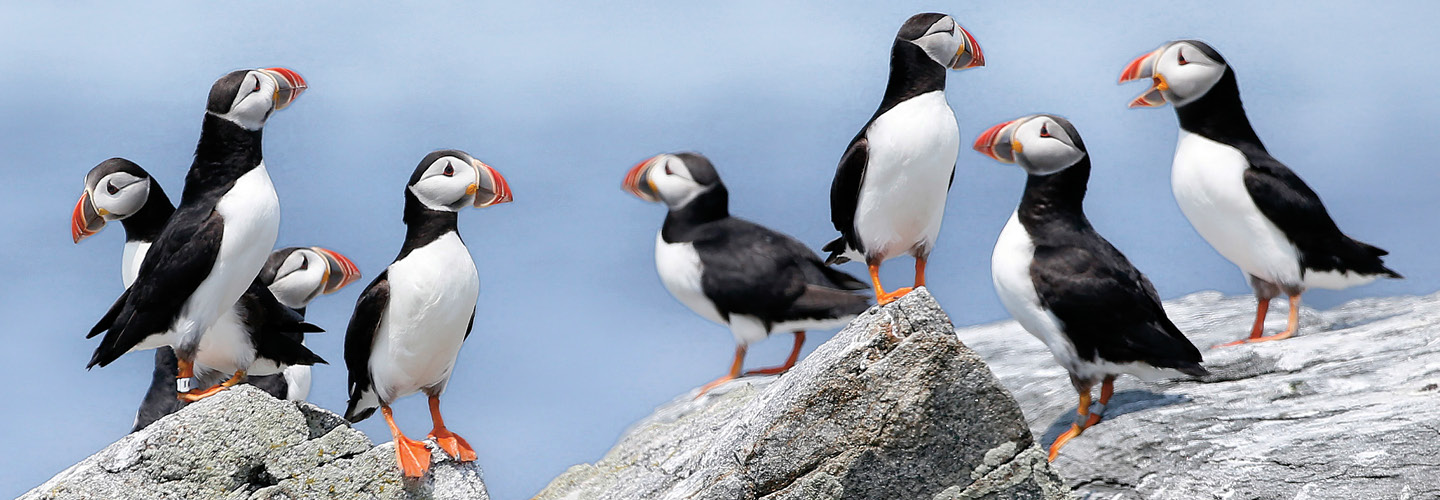Jim McMahon
Seabirds in Maine are showing signs of a comeback. Every year, researchers monitor nesting seabirds, such as Atlantic puffins (shown above) and common terns, on seven of the state’s remote islands, recording how many eggs the birds lay, the types of fish they feed their chicks, and more. In recent years, things had grown dire: Because of climate change, the Gulf of Maine is warming faster than 99 percent of the world’s oceans, according to the National Oceanic and Atmospheric Administration (NOAA), making it hard for birds to find fish and causing some chicks to die of starvation. In addition, a storm in 2021 led to more deaths. But last year, researchers were thrilled to see that twice as many chicks survived compared with 2021 and that the birds were finding plenty to eat. “The birds came back with a vengeance,” Pond Island supervisor Dallas Jordan told the National Audubon Society. Although there’s no guarantee of similar success in future years, conservationists say these numbers show that their efforts—which have included relocating chicks and setting up decoys to attract more birds—are paying off. “It symbolizes that we are not yet at the point of no return,” said Petit Manan Island supervisor Hallie Daly. “We’ve had so much doom and gloom that nothing can be done, and this is proof that it can.”

